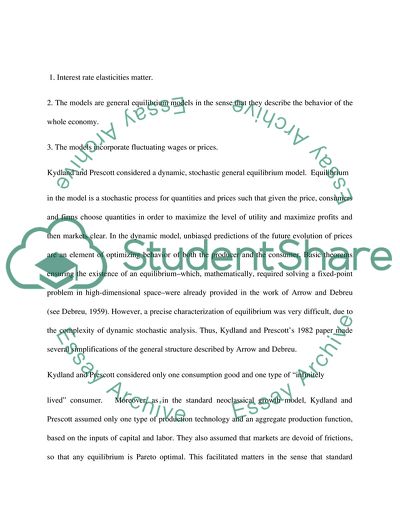Cite this document
(Time Inconsistency Model Essay Example | Topics and Well Written Essays - 1750 words, n.d.)
Time Inconsistency Model Essay Example | Topics and Well Written Essays - 1750 words. https://studentshare.org/macro-microeconomics/1734736-time-inconsistency
Time Inconsistency Model Essay Example | Topics and Well Written Essays - 1750 words. https://studentshare.org/macro-microeconomics/1734736-time-inconsistency
(Time Inconsistency Model Essay Example | Topics and Well Written Essays - 1750 Words)
Time Inconsistency Model Essay Example | Topics and Well Written Essays - 1750 Words. https://studentshare.org/macro-microeconomics/1734736-time-inconsistency.
Time Inconsistency Model Essay Example | Topics and Well Written Essays - 1750 Words. https://studentshare.org/macro-microeconomics/1734736-time-inconsistency.
“Time Inconsistency Model Essay Example | Topics and Well Written Essays - 1750 Words”. https://studentshare.org/macro-microeconomics/1734736-time-inconsistency.


